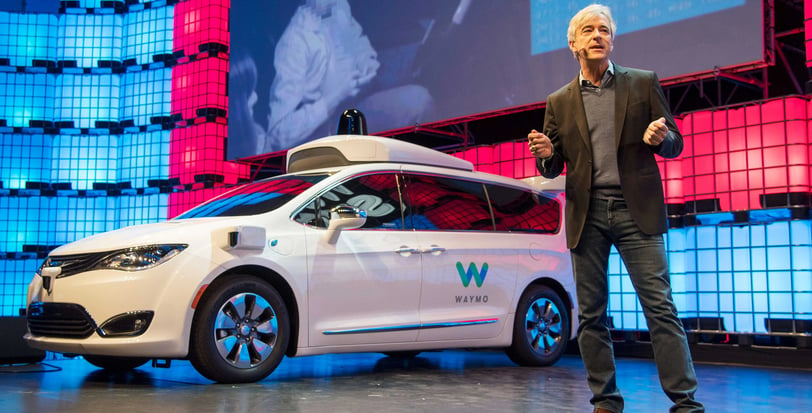AI in Transportation 2025: Tesla Full Self-Driving, Waymo One, and Cruise Automation
Transportation in 2025 isn’t just evolving—it’s being reinvented. Artificial intelligence now governs roadways, delivering safer, faster, and more efficient travel experiences.


From autonomous taxis to AI-driven fleet management, the fusion of machine learning, computer vision, and real-time analytics is redefining mobility. Here, we explore three trailblazers—Tesla Full Self-Driving (FSD), Waymo One, and Cruise Automation—and assess their technological frameworks, performance, and industry impact.
Tesla Full Self-Driving (FSD): Redefining Private Autonomy
Tesla FSD, powered by neural networks and the Dojo supercomputer, offers end-to-end autonomous driving through advanced computer vision and sensor fusion. It constantly learns from billions of miles driven by Tesla vehicles, improving over-the-air. However, concerns persist around regulatory hurdles and occasional failures in complex urban scenarios.
Key Technologies: Neural Networks, Dojo Supercomputer, Sensor Fusion. Applications: Highway autopilot, city navigation, autonomous parking. Limitations: Regulatory restrictions, unpredictable behavior in rare edge cases.
Waymo One: Leading the Autonomous Taxi Revolution
Waymo One, developed by Alphabet, employs LiDAR, radar, and deep reinforcement learning for precise navigation. Its fully autonomous ride-hailing service has expanded to multiple cities, emphasizing safety with redundant perception systems. Despite its success, high operational costs and limited geographic availability pose challenges.
Key Technologies: LiDAR, Deep Reinforcement Learning, Multi-Modal Sensors. Applications: Ride-hailing, delivery services, urban mobility. Limitations: High operational costs, limited expansion outside select cities.
Cruise Automation: The Urban Commuter Specialist
Cruise, backed by General Motors, combines AI-powered perception models and V2X (vehicle-to-everything) communication to navigate complex urban environments. Focused on electric and shared autonomous vehicles, Cruise prioritizes sustainability alongside automation. However, its dependence on high-density maps limits adaptability outside mapped zones.
Key Technologies: V2X Communication, Perception Models, Electric Vehicle Integration. Applications: Urban car-sharing, autonomous delivery fleets. Limitations: Limited coverage outside pre-mapped areas, infrastructure dependency.
In-Depth Comparative Analysis and Professional Evaluation
Technological Edge: Tesla leads in real-world data training, Waymo excels in LiDAR-powered navigation, and Cruise integrates advanced V2X systems for urban driving.
Industry Impact: Waymo disrupts ride-hailing with driverless taxis, Tesla reshapes private car ownership with FSD, and Cruise advances sustainable urban mobility.
Adoption and Scalability: Waymo dominates ride-hailing markets, Tesla sees rapid adoption through software updates, while Cruise expands fleet-based services in metropolitan areas.
Final Insight: AI Driving the Future of Mobility
In 2025, AI is the cornerstone of autonomous transportation. Tesla FSD revolutionizes personal vehicle autonomy with its extensive data ecosystem. Waymo One leads public mobility solutions with unmatched safety and precision. Cruise Automation pioneers sustainable urban commuting. Together, these platforms redefine how people and goods move, marking a future where intelligence is behind every wheel.
AI Explained © 2022
Your AI Library
Missed an article? Find all our posts in the Knowledge Vault
Subscription & Engagement
We care about your data in our privacy policy
Join the Revolution
Get exclusive AI news, product reviews, and deep dives straight to your inbox.
Be Part of the Future
Follow us on social media and engage in AI discussions that matter